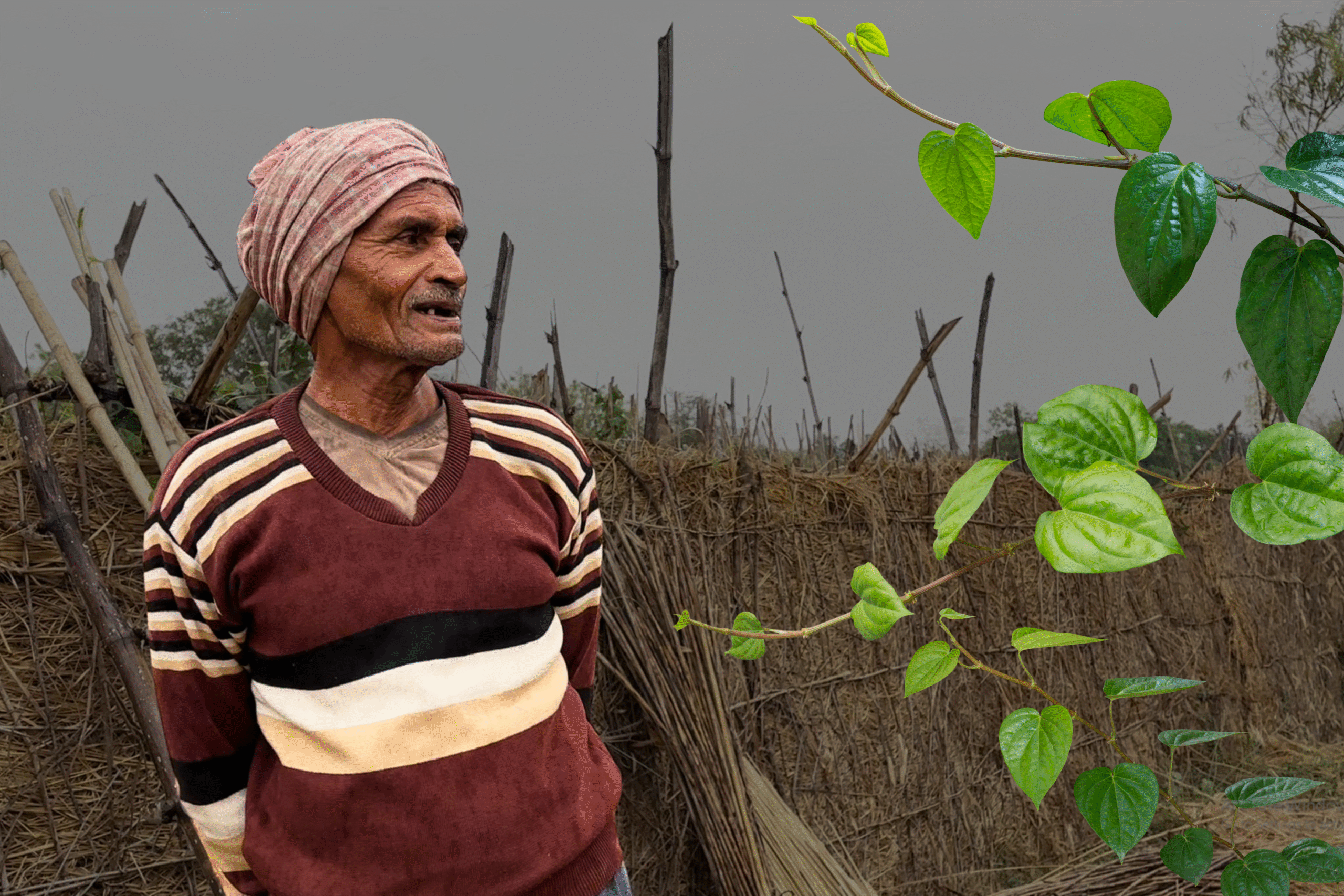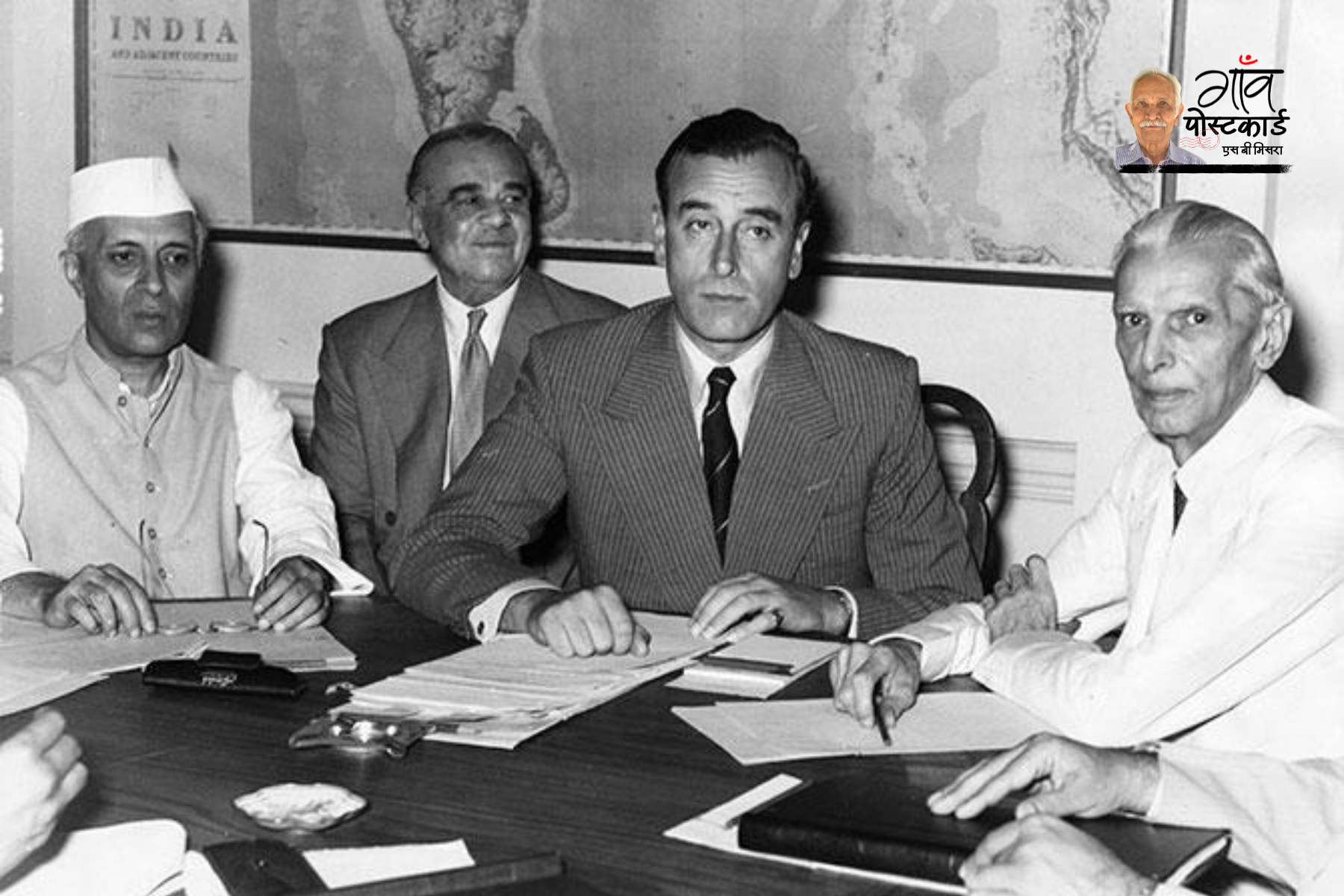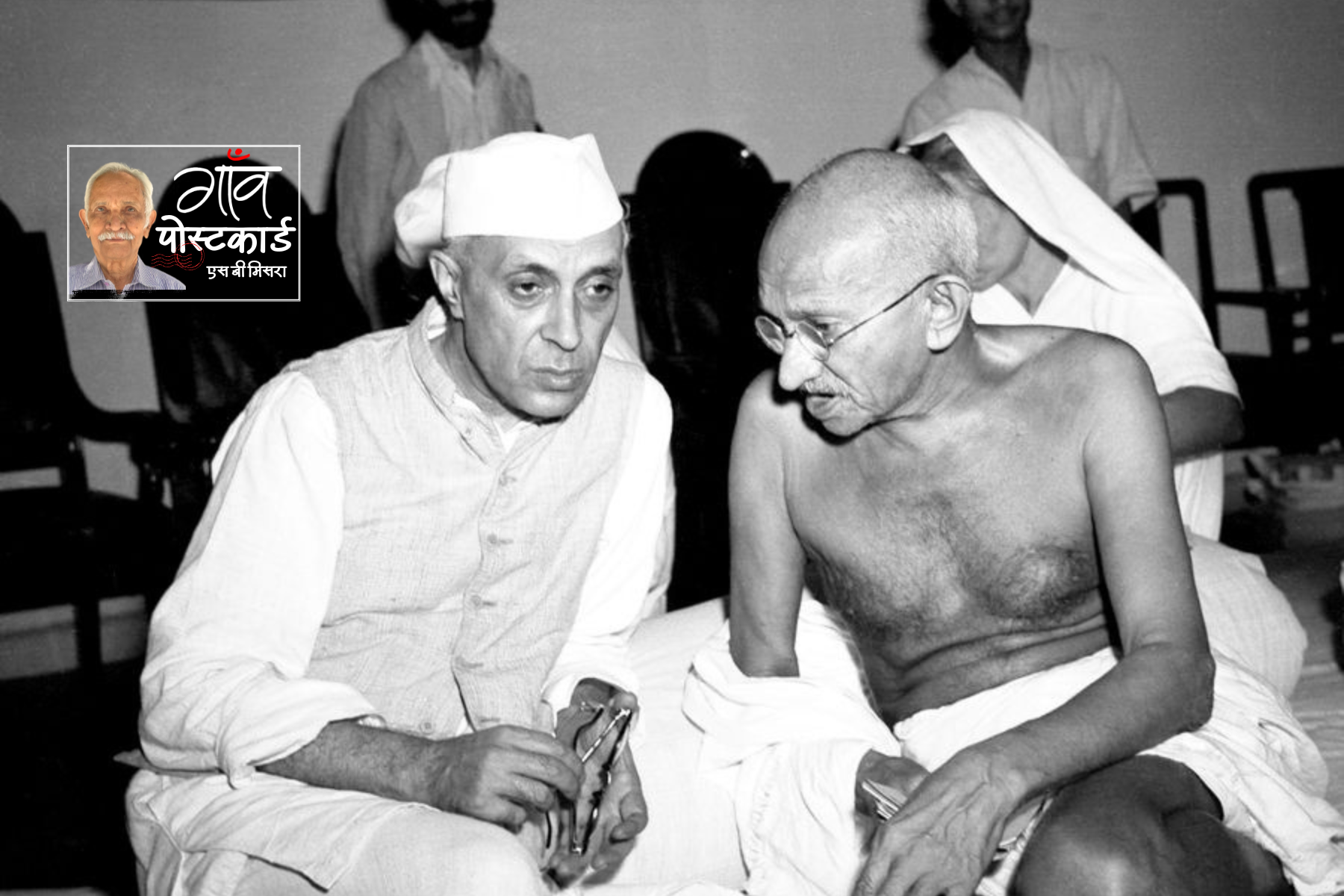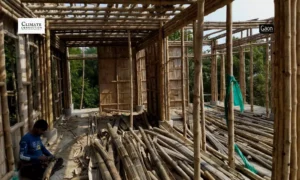Nandurbar, Maharashtra
The rural pockets of tribal dominated Nandurbar seem caught in a time warp. They are remote, far away from motorable roads and very often have no electricity.
In one of these villages, Swarya Digar, located about 100 kilometres away from the district headquarters, children of Bhil adivasi scribble on slates, trying to make the most of the education that is being provided to them at a Jeevan Shala, a local school set up for the children of tribal families affected by the Sardar Sarovar Dam.
“Their parents, who are mostly migrant labourers, feel proud when their children write or speak in Marathi. We provide them primary and secondary education here in this school,” Rumaal Singh Pawra, a teacher at the Jeevan Shala told Gaon Connection.
Pawra has taught at the school ever since it was established in 1997. Four such Jeevan Shala function in the Nandurbar district of Maharashtra, a predominantly tribal area, and these institutions are essentially elementary schools.
The Jeevan Shalas serve as a substitute for the government schools, which the local villagers allege exist only on papers.
“The nearest government school is situated in Bilgaon which is at least 15 kilometres away. There is no transport available and the backwaters from the Sardar Sarovar Dam have made it even more difficult to commute. Young children cannot travel such distances daily,” Ramesh Ganya, another teacher at the Jeevan Shala told Gaon Connection.
Also Read: The ‘Seasonal Teachers’ of Kashmir brave snow, dense forests and an inhospitable terrain
A 100 kms away from Swarya Digar village is a Jeevan Shala at Maniveli village in Nandurbar, near Akkalkuwa town. The nearest road to this village is 16 kilometres away, through the Satpura hills. There are 104 children studying at this school.
“I have been teaching here for the last 16 years. I decided to stay on and not move to a more comfortable location as these children would suffer if there was no one to teach them,” Guru Singh, a teacher at the school told Gaon Connection. He feared that if learning was kept away from these children, they would be exploited for labour like their parents before them.
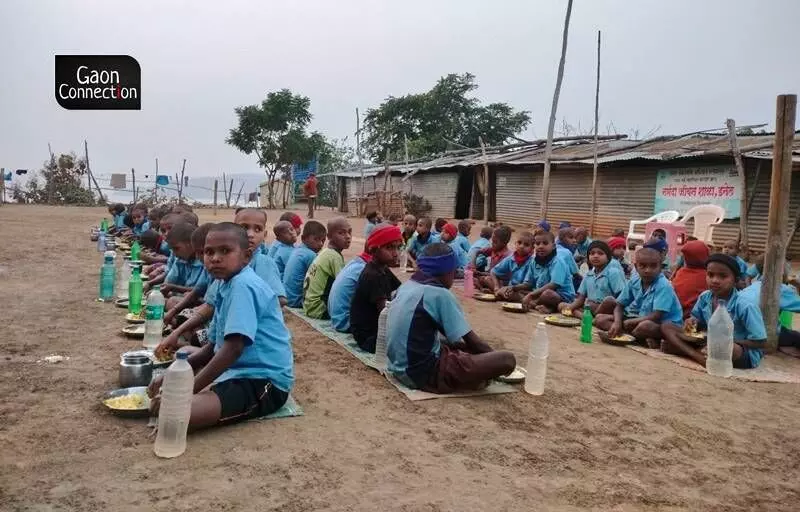
These tribal children studying at Jeevan Shalas have managed to script success despite many odds.
All these Jeevan Shalas are funded and managed by the Narmada Nav Nirman Abhiyan —a Mumbai-based trust which works for the rehabilitation and support of communities displaced by construction of the Sardar Sarovar Dam in Gujarat.
According to the website of the trust, the construction of the Sardar Sarovar Dam will submerge 19 villages in Gujarat, 33 villages in Maharashtra, and 193 villages in Madhya Pradesh, where adivasi communities such as the Bhils, Bhilalas, Pawaras and the Tadvis reside. Facilities provided by the government in such areas are minimal and irregular. A number of villages are accessible only by a boat as the backwaters of the Sardar Sarovar Dam have turned them into island villages.
Kailash Bharat Parwa, an 11-year-old student at the school, said he was unable to speak or learn Hindi because he is never too long at one place.
“I quit school when my parents migrate to work in Pandharpur. It is very far away from my village. They take me along and I tend to forget what I learn by the time I return home,” Kailash told Gaon Connection.

Tukaram Pawra, headmaster of a Jeevan Shala in Jeevan Nagar village in Shahada town, told Gaon Connection that fairs are organised once in a year for the rural kids to learn about the world outside their villages.
Kailash studies at the Jeevan Shala at Swarya Digar village that is 654 kilometres away from Pandharpur that is in Solapur district, where his parents work as cane cutters. There are 81 tribal students at the Jeevan Shala at Swarya Digar. These schools are also held at night to educate the adivasi children whose parents leave them behind when they migrate for a couple of months to work as sugarcane cutters in other districts of Maharashtra and Gujarat.
Also Read: A special educator gives children with intellectual disabilities a sporting chance to win accolades
Treacherous roads, non-existent facilities
There is no electricity in Jeevan Shala at Maniveli village and the surroundings are infested with snakes, Sangeeta Wasaave, a local teacher told Gaon Connection. “This is the horrifying reality the children grow up with. No city-dwelling kid can learn in such conditions. Half the houses in the village are accessible only on a boat,” she added.
“It is difficult. Last month, one of our cooks slipped down the hill and we had to trek 16 kms carrying her on a cot to get her medical treatment,” Guru Singh, another teacher at the Jeevan Shala, said.

The Jeevan Shalas serve as a substitute for the government schools, which the local villagers allege exist only on papers.
“We helped set up this Jeevan Shala in 1993. It is our only key to the future. We simply don’t exist for the government. No government official wants to walk these 16 kilometres to reach us and see our plight,” Natvar Madan Tadvi, a 65-year-old resident of the Manivali village, said angrily.
Also Read: Keeping Education on Track
Against all odds
But, these tribal children studying at Jeevan Shalas have managed to script success despite such odds.
“Many students who studied here are now working as government servants in various departments across Maharashtra. One of our former female students was chosen as the sarpanch of this village,” Rajesh Wasaave, headmaster of another Jeevan Shala in Danel village, told Gaon Connection, with pride. A total of 124 students study in this school.
“Thirty years ago, only three adivasi people in the village could read or write Marathi. Today, when I see the kids studying at the Jeevan Shala, I feel that I can die in peace. It used to be very difficult to make the administration even listen to our plight because we were illiterate,” Noorji Kalcha Padvi, a 75-year-old inhabitant of Danel village, told Gaon Connection.
“Education, in my experience, is a weapon for the weakest. We adivasis have been exploited non stop. To break away the shackles, we helped set up the first Jeevan Shala here in 1993,” Padvi added.

Four Jeevan Shalas function in the Nandurbar district of Maharashtra.
Tukaram Pawra, headmaster of a Jeevan Shala in Jeevan Nagar village in Shahada town, told Gaon Connection that fairs are organised once in a year for the rural kids to learn about the world outside their villages.
“We also take these children outside. For many of them, it is the first time they have seen a train, a bus, a market and electricity,” Tukaram Pawra told Gaon Connection.
“They are taught how to build a thatched roof, how to look after their environment, their own health and well being, and their rights as stated in the Constitution,” Tukaram added.
Also Read: Rod, finger, and glove puppets come alive in a village primary school in Mandsaur, MP
Unkept promises
Despite being promised land in compensation for their submerged villages, residents in Nandurbar’s remote areas along the Narmada river have not received anything, they complain.
According to the Narmada Nav Nirman Abhiyan Trust, these peaceful and self-reliant adivasis now live in constant danger from the release of water from the upstream dam. They are also vulnerable to snakes and crocodiles that have also been displaced. A lack of access to medical facilities adds to these very trying circumstances.
In order to safeguard from the flood waters, the adivasi families have shifted higher up to the hills. As the dam height increases, so does the submergence level, and the hills become little islands that turn to slush in the monsoons, the website of the Trust stated.
As per the District Domestic Product of Maharashtra 2011-12 to 2019-20 published in 2021, Nandurbar is among the three worst performing districts with a per capita income of Rs 95, 605. The other two districts are Gadchiroli (Rs 98,420) and Washim (Rs 91,548), according to the first revised estimates for the year 2019-20.
For comparison, Mumbai (Mumbai city and Mumbai Suburban taken together) has maximum per capita income ( Rs 339,751) followed by Thane (including Palghar) which has a per capita income of Rs 288,810 while Pune has a per capita income of Rs 278,45.




